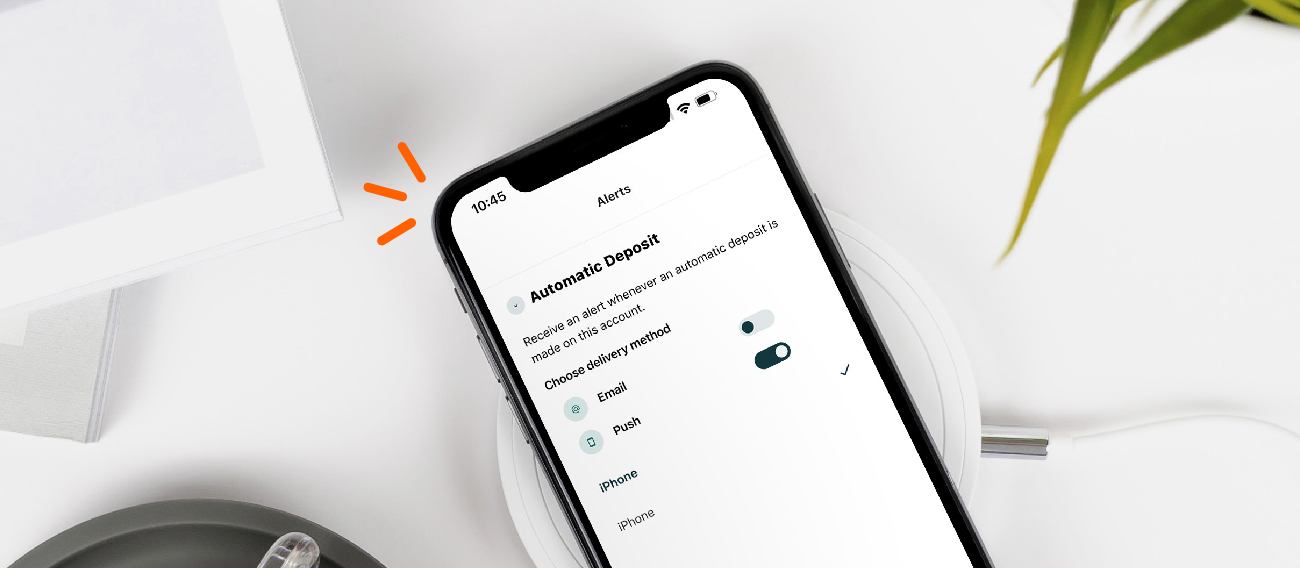Financing a car can seem intimidating, but it doesn’t have to be. There is no cookie-cutter answer, and you need to do what works best for your own financial situation.
Need help getting started on buying a car? There are three key factors to consider when taking out an auto loan: the loan amount, the annual percentage rate (also known as APR), and the loan term. What do these mean? Let’s dive into it.
The Loan Amount:
The total amount that you borrow in order to purchase your vehicle. This amount can fluctuate depending on whether you are trading-in another vehicle or making a down payment. The down payment, or the money paid up-front when you buy a vehicle, directly affects your loan amount. For example, if your loan amount is initially $20,000 but you make a down payment of $2,000 at the dealership, that loan amount is now $18,000. If you negotiate the price of your car down, or trade in a vehicle, the same principle would apply because it’s taking an amount off of the total price of the car. On the other hand, if you trade in a vehicle that you still owe money on, you might be adding to your loan amount if you need to pay your previous car loan off in addition to your new car loan.
Annual Percentage Rate (APR):
This is the yearly interest rate you pay on your loan. Another way to think of this term is the cost you pay each year in exchange for borrowing money for your loan. APR is expressed as a percentage, usually ranging from 2% – 10% for auto loans. To put things into perspective, the average APR on a car loan for a new car with an individual with excellent credit is 4.77%. The average APR for a new car loan for an individual with a varied or low credit is 15.75%.
This percentage relies on your own financial standing and credit history, so it’s important to know your credit score so that you can anticipate an interest rate before even starting the car buying process. Other determining factors for interest rates are the term length of the loan and the type of car. Generally, new cars offer lower APRs while used cars are a bit higher.
Loan Term:
The set amount of time you have to pay back the loan. Typically, this is anywhere from 36-72 months. A longer loan term, like 72 months, means a lower monthly payment since there is more time to pay off the loan, but you’ll also pay more in interest over time. On the other hand, a shorter term length would cause higher monthly payments, but your car would be paid off sooner with less interest building up each year. Some individuals can benefit from longer terms and smaller monthly payments, and others prefer to make higher monthly payments and pay the loan off more quickly. Once you understand the relationship between APR (interest) and loan terms, you can better reach a decision that’s right for you.
Auto loans are not a one-size-fits-all decision, and you should do what works best for your unique financial situation. Use Alltru’s free loan rate calculator to determine what kind of loan works best for you, or compare two different car loans.




